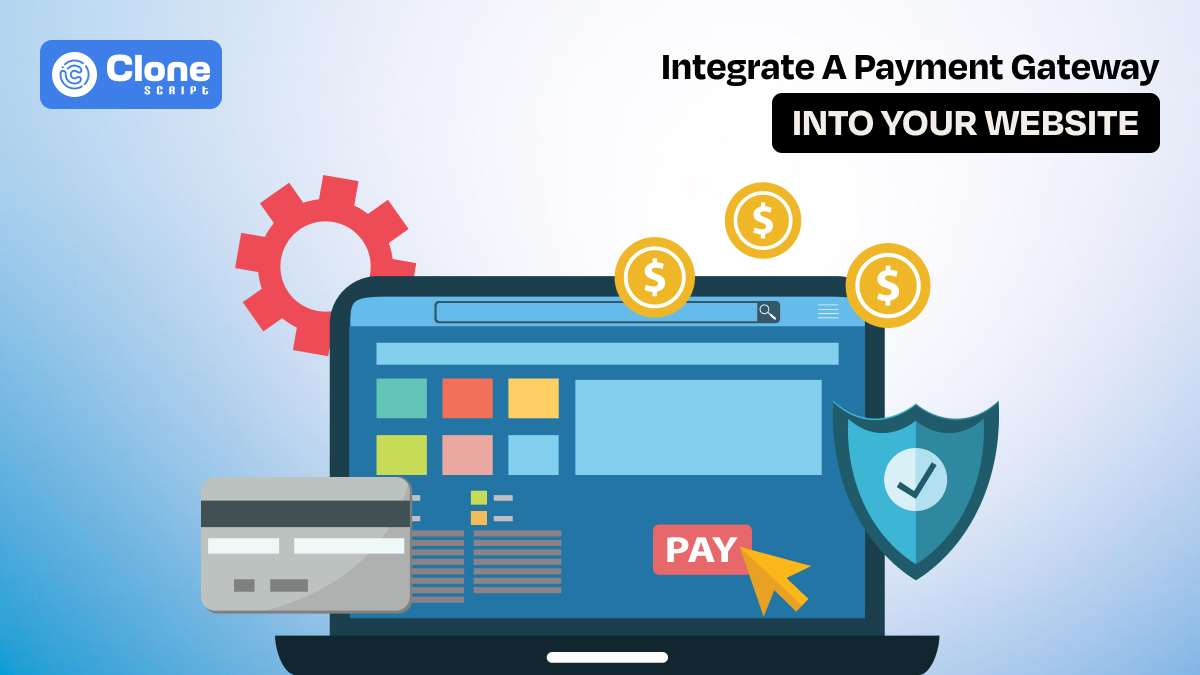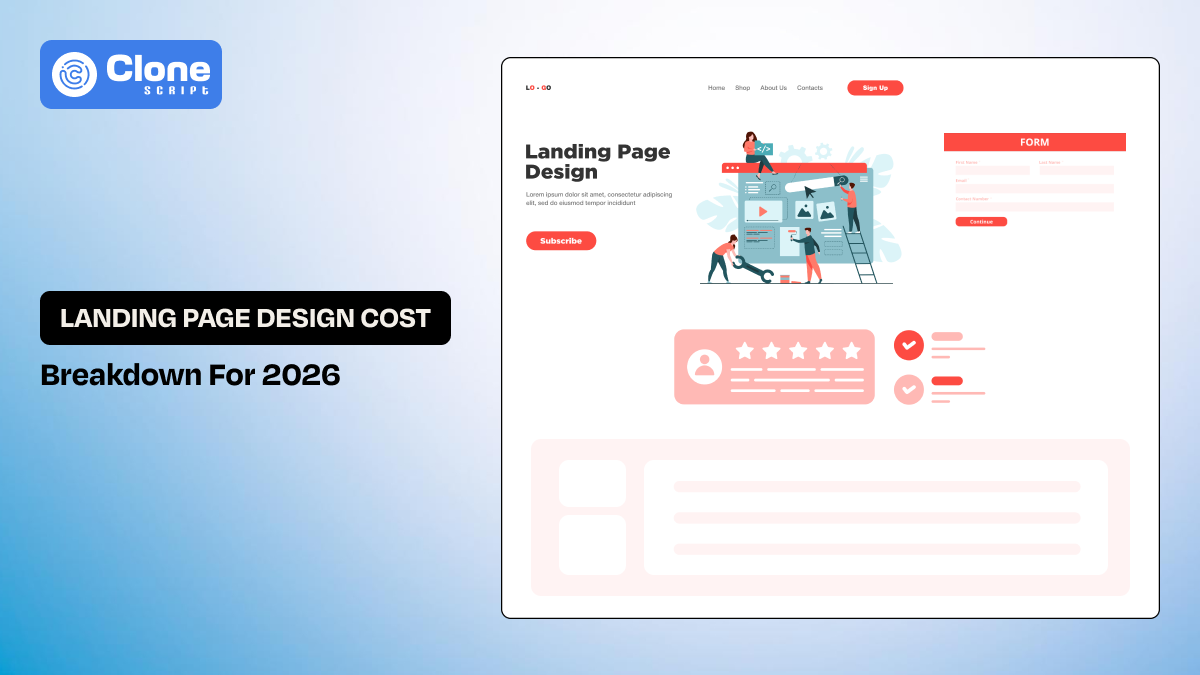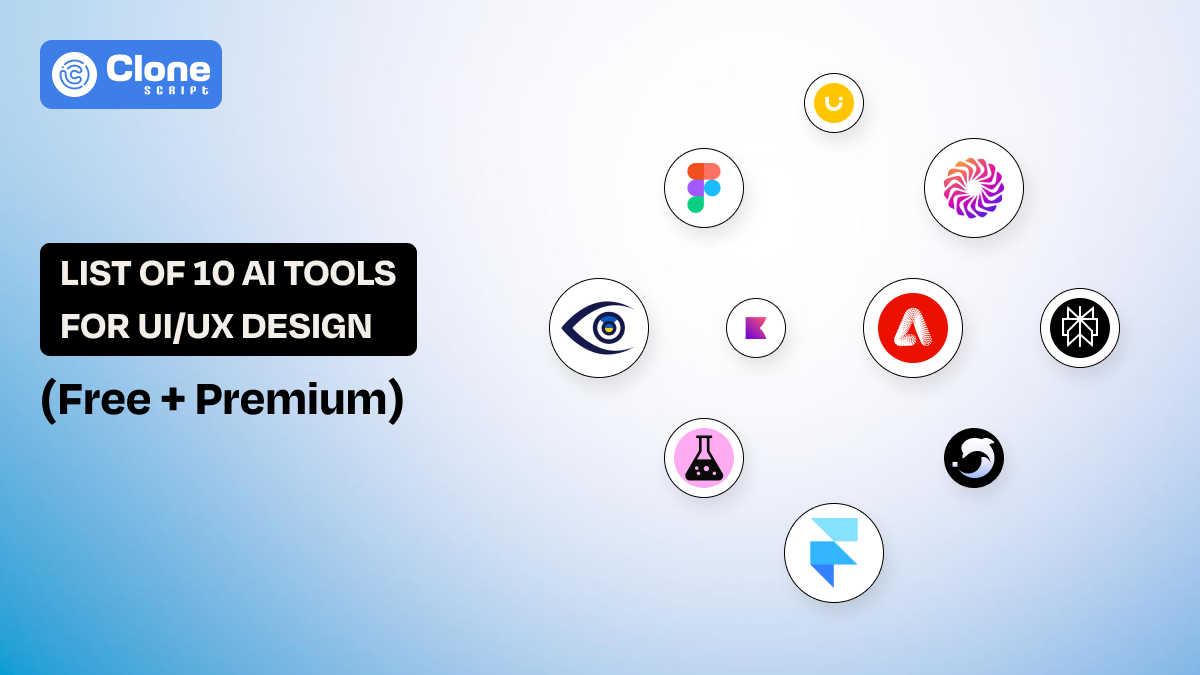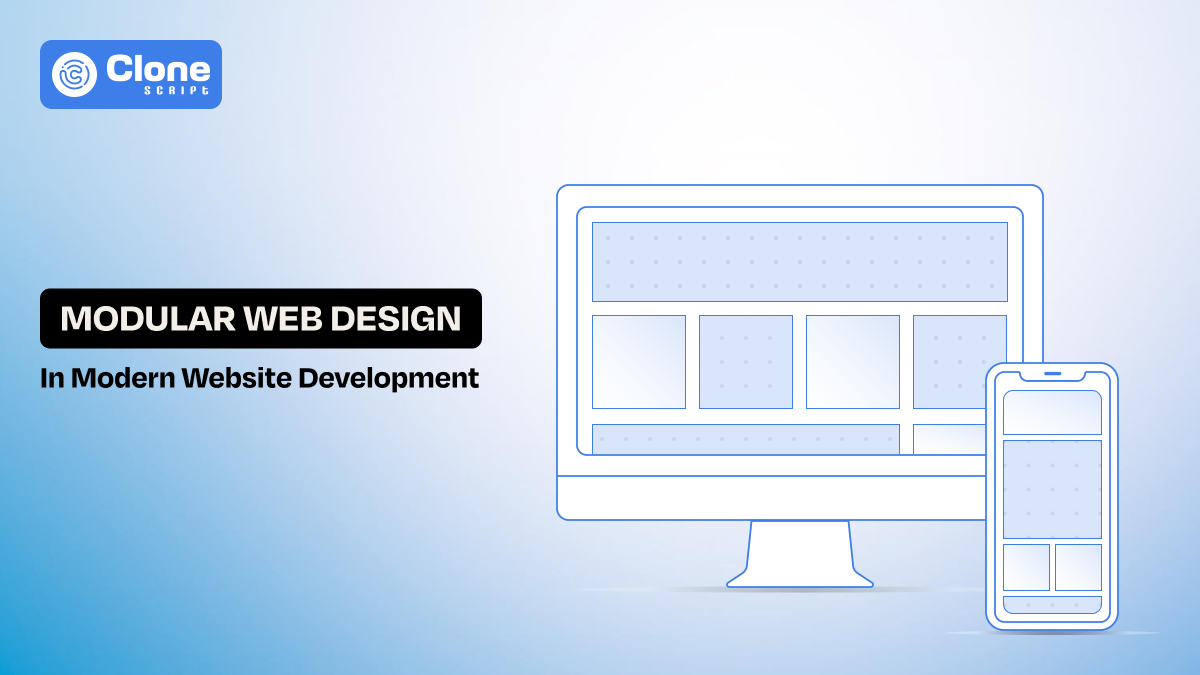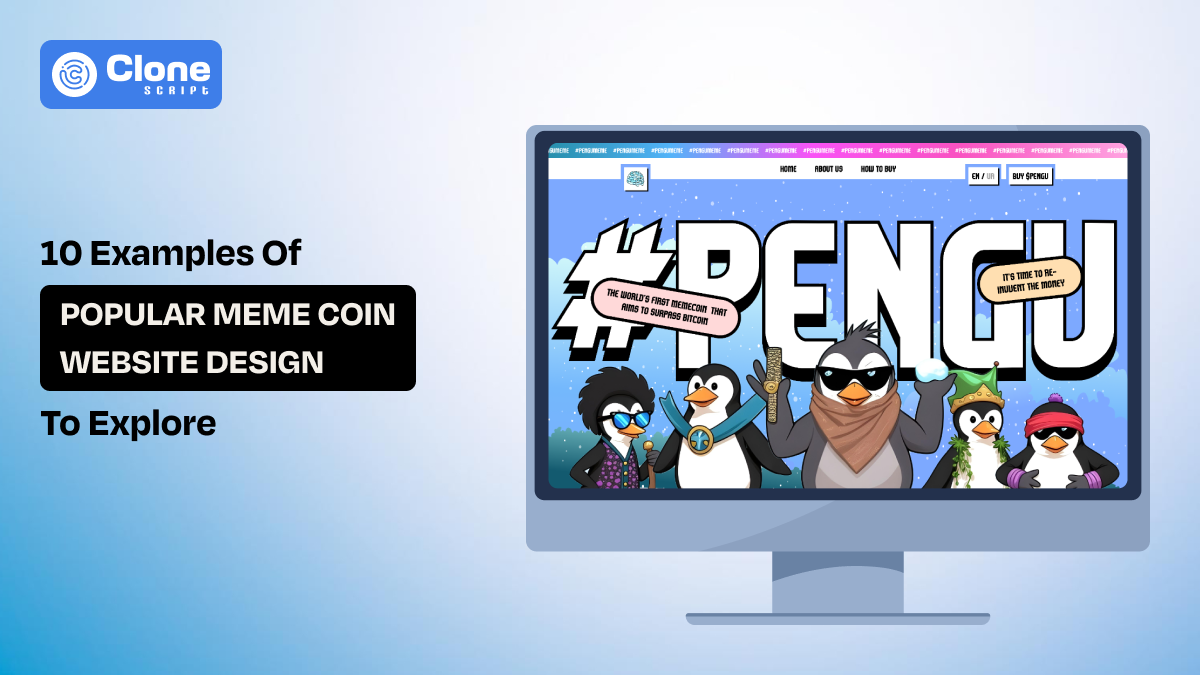How to Easily Integrate a Payment Gateway into Your Website
You used a website builder to make an online store because you do not know coding. Through the easy-to-use features, you can build a good-looking website. But something is missing that professional e-commerce website development does. It’s a payment gateway integration.
Without reliable payment systems in this internet-driven world, it results in losing sales and affects business. Also, some of the customers who do not prefer the COD method and prioritize pre-paid orders look to your brand as suspicious and avoid purchasing your products, even if the quality is unmatched.
Whether you're selling subscriptions, launching a startup, or running an online portfolio with booking options, adding a website payment system is the bridge between your value and your revenue.
In this guide, we won’t just explain how to set up payments. We’ll tell you how to choose the right gateway to actually code (or no-coding) it in.
What Is a Payment Gateway?
A payment gateway is the digital cashier behind your online store that collects the funds securely and reflects them in your business bank account.
Here is the flow of how a payment gateway works:
-
The customer enters the credit/debit card details on the site
-
The payment gateway encrypts data and sends it to the payment processor
-
The fetched data has been verified by the customer’s bank to debit the amount
-
Once the amount is successfully debited, it returns with the relevant response on the user’s screen.
It keeps sensitive information safe and ensures that your customers’ money ends up in your account.
In other words, it’s the invisible hero of every successful website.
It doesn’t matter if you have a professional e-commerce website or a paid newsletter for crypto education; a secure payment integration for your site is non-negotiable.
Types of Secure and Advanced Payment Gateways
There are three types of payment gateways available that you can choose for your business:
1. Hosted Payment Gateways – For Beginners and Fast Launches
Hosted gateways are the fastest and simplest way to enable online payment on your website. These redirect customers to a third-party provider’s secure checkout page (like PayPal or Stripe Checkout), where they complete the transaction. It's ideal for beginners or businesses looking for a fast go-live option with minimal risk and no need for PCI compliance management.
Pros:
-
Easy setup with minimal coding
-
Provider handles all security and PCI compliance
-
Ideal for startups, donation sites, or small business websites
Cons:
-
Limited branding and design control
-
Redirected checkout may reduce user trust
Use Case: Dropshipping stores, basic eCommerce sites, or local service providers needing an easy payment gateway setup.
2. Self-Hosted Gateways – For Total UX Control
Self-hosted gateways allow your site to collect payment information directly from the user without redirecting them elsewhere. This offers greater control over the website payment experience, branding, and layout. You must send encrypted data to the gateway's API and ensure secure payment integration on your end.
Pros:
-
Seamless checkout flow without redirection
-
Full control over the UI and user journey
-
Better suited for branded experiences
Cons:
-
Requires you to manage PCI compliance
-
Increased complexity in development and security handling
Use Case: Membership platforms, SaaS products, or businesses needing a custom-branded online payment experience with flexible control.
3. API-Hosted Gateways – For Developers and Advanced Teams
API-hosted gateways offer the highest level of customization and flexibility. You integrate directly with the payment provider’s API to build a fully personalized checkout. This method supports advanced features like multi-currency, recurring payments, and in-app purchases. It’s powerful but demands experienced developers and thorough security measures.
Pros:
-
Total control over design and logic
-
Ideal for complex apps, subscriptions, and international sales
-
Enables in-app or embedded payment features
Cons:
-
Requires deep technical knowledge
-
Heavy reliance on documentation and manual testing
-
Responsibility for full compliance and security
Use Case: Mobile apps, large web platforms, or global eCommerce needing scalable, secure website payment integration across multiple user flows.
How to Integrate a Payment Gateway Into Your Website?
Whether you're building a custom-coded checkout or using a no-code platform, following the best practices for integrating a payment gateway is favorable. From selecting your provider to handling live transactions securely, here’s how to do it right.
Step 1: Choose Your Payment Gateway Provider
Before you write a single line of code, decide on the right payment gateway provider. This will impact your fee structure, supported regions, and integration flexibility.
Key Questions to Ask:
-
Where are your customers located?
-
What currencies do you need to support?
-
How important are low transaction fees?
-
Does the provider offer test environments (sandbox mode)?
Top Gateway Options:
-
Stripe – Ideal for developers and SaaS platforms
-
PayPal – Trusted by users worldwide
-
Razorpay – Great for Indian businesses
-
Square – Perfect for online and in-person retail
-
Braintree – Advanced API and recurring billing
Step 2: Sign Up and Get Your API Keys
Once you've selected a provider, create an account and generate your unique API credentials. These keys authenticate your website with the gateway's servers.
You'll receive:
-
Public Key: Used in frontend code to tokenize sensitive information
-
Secret Key: Used in backend code to process the transaction
Important: Never expose your secret key in frontend files or share it publicly. Store it securely in environment variables or server configurations to ensure secure payment integration.
This step is essential to connecting your website with an online payment system that operates safely and reliably.
Step 3: Install the SDK or Use No-Code Tools
Most payment gateways offer SDKs (Software Development Kits) or libraries for easy integration. Choose the method that best matches your technical skill level.
If you're coding, install the SDK:
-
Stripe: npm install stripe (JavaScript)
-
Razorpay: pip install razorpay (Python)
-
PayPal: Use their REST API or JavaScript SDK
For no-code users:
-
Tools like Webflow, Shopify, and Wix support pre-integrated gateways
-
Minimal coding required, great for solopreneurs or creators
-
Ideal for payment gateway integration without coding
These platforms handle much of the backend securely, making it faster to set up digital payment options.
Step 4: Backend Integration
This is the heart of your payment integration. The backend development processes the transaction request, communicates with the payment gateway, and handles success or failure responses.
Core Functions You’ll Write:
-
Receive payment token from frontend
-
Create a customer profile (if needed)
-
Charge the payment method
-
Log and respond to success/failure
Example in Node.js (Stripe):

This process ensures your site can integrate payments securely and manage user transactions effectively.
Step 5: Frontend Integration
Now it’s time to build the part of the payment process that your users interact with. You’ll collect card details securely using the gateway’s widget or library.
Key frontend development tasks include:
-
Render the payment form (with card number, expiry, etc.)
-
Use the public key to tokenize data
-
Send the token to your backend via an API request
This approach ensures that sensitive card information never touches your servers, which is a key part of secure payment integration for your website.
Whether you're using React, Vue, or HTML/CSS, most gateways provide pre-built UI components or guides to help you integrate smoothly.
Step 6: Handle the Response and Update Your UI
After processing the transaction, your backend will receive a response from the gateway: success, failure, or a request for additional steps like authentication.
Post-Payment Actions:
-
Show success or error messages to the user
-
Update your order database
-
Trigger confirmation emails or receipts
-
Redirect users to a thank-you or failed-payment page
Pro Tip: Enable 3D Secure authentication (especially in Europe) for enhanced security and compliance with global regulations.
This final step completes the loop, giving users confidence in your system and reducing failed transaction rates.
Best Practices for Secure Integration
Security is the top priority when it comes to payment gateway integration. Your customers are trusting you with their sensitive financial data, and even one vulnerability can compromise that trust and cost you dearly.
To build a secure website with an online payment system, follow these essential best practices:
Key Security Guidelines:
-
Use HTTPS on All Pages: SSL encryption is non-negotiable. Always serve your site over HTTPS, especially on checkout pages.
-
Never Store Raw Card Data: Let the gateway handle all card storage via tokenization. This minimizes your compliance scope and risk.
-
Validate and Sanitize Inputs: Don’t trust any data from the frontend. Always validate form inputs server-side to prevent injection attacks.
-
Keep API Keys Secret: Your public key goes on the frontend, but your secret key should always remain server-side, never exposed.
-
Enable 3D Secure Authentication: For EU or global audiences, 3D Secure adds an extra layer of user verification and reduces fraud.
-
Stay PCI DSS Compliant: Even if you're using hosted gateways, understand what level of PCI compliance is required for your setup.
Whether you're integrating payments into a Shopify store or a custom app, security should be the foundation of your checkout experience. Not only does it protect your business, but it also builds customer confidence during the most important stage of the transaction.
Benefits of Hiring a Professional Integration Service
Sure, you could try to figure out how to integrate a payment gateway into your website by yourself. And for some businesses, a DIY approach works fine. But when it comes to performance, scalability, and reliability, partnering with professionals can save you time, money, and frustration.
Here’s what you gain from hiring experts:
-
Flawless Implementation: They know the quirks, best practices, and hidden pitfalls of major gateways like Stripe, Razorpay, and PayPal.
-
Customization with Compliance: The development team understands how to balance design freedom with PCI compliance—something generic builders rarely get right.
-
Speed to Market: You won’t waste weeks debugging or learning APIs. They get you living faster, with fewer risks.
-
Better User Experience: From mobile optimization to error handling, developers optimize every step of your checkout flow.
-
Future-Proof Solutions: Whether you need multi-currency support, recurring billing, or mobile in-app payments, they plan for scale.
Hiring a trusted partner means your payment integration is smooth, secure, and tailored to your business goals. If you're building something serious, don’t gamble on duct-taped solutions. Invest in expertise from the start.
Why Choose Us for Your Payment Gateway Integration?
At All Clone Script, we’re not just coders, we’re your partners in building digital experiences that work, convert, and inspire trust. When it comes to payment gateway integration services, we bring the full package: technical know-how, user-first design, and a deep understanding of how payments impact your business model.
Here’s what sets us apart:
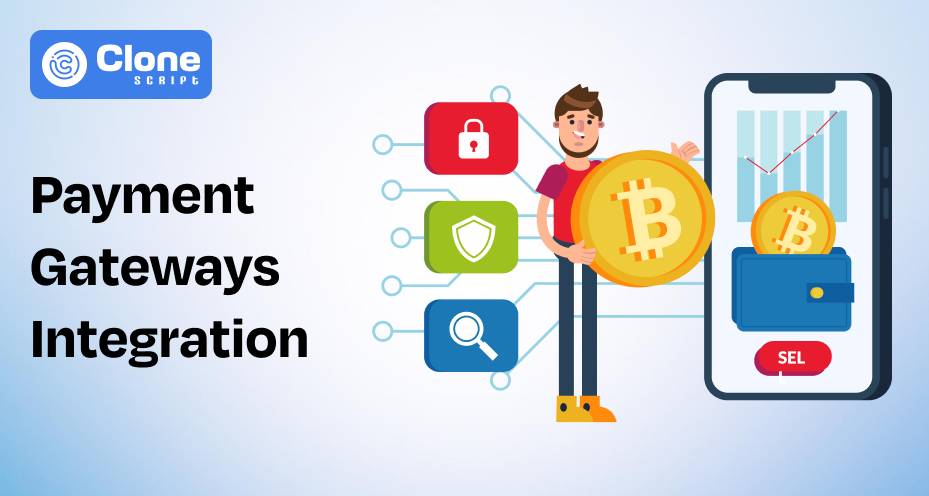
Get Payment Gateway Integration
-
Custom Solutions for Every Business: Whether you’re a small online store or a global subscription platform, we tailor the integration to your needs.
-
Seamless Frontend + Backend Sync: We don’t just plug in APIs. We design branded, user-friendly checkout experiences that build confidence and reduce cart abandonment.
-
Affordable Integration Options: We work with startups, creators, and small businesses to deliver high-quality, affordable payment gateway integration without compromising security.
-
Speed + Support: From sandbox setup to live transactions, we handle the heavy lifting and provide hands-on support throughout the journey.
-
Security You Can Trust: We adhere to industry best practices, tokenization methods, and PCI compliance standards to protect your users and your business reputation.
The right payment gateway can supercharge your revenue. But only if it’s implemented correctly. Let us help you build a secure, reliable, and scalable online payment system that delights your users and powers your growth.
Final Thoughts: Build Trust, Not Just Transactions
Integrating a payment gateway is about far more than just “getting paid.” It’s about building a checkout experience that feels safe, smooth, and tailored to your customer.
Whether you're a solo dev, a business owner, or a startup team, get payment integration as an opportunity to reflect your brand’s values. Choose the right gateway, follow best practices, and don’t be afraid to ask for help when it matters.
With the right setup, your website with an online payment system won’t just process payments, it’ll build loyalty, boost sales, and turn first-time visitors into lifelong customers.
FAQs
-
What is the easiest way to integrate a payment gateway on my website?
The easiest way is to use a website builder or e-commerce platform like WordPress, Shopify, or Wix, which have built-in payment gateway plugins. These tools guide you step-by-step, so no advanced coding is needed. You simply install the plugin, connect your merchant account, and configure payment settings.
-
Which payment gateway is best for small business websites?
Popular options for small businesses include Razorpay, PayPal, Stripe, and Square. These gateways are easy to set up, support multiple payment methods, and have reasonable transaction fees. Choosing depends on your region, target customers, and the types of payments you want to accept.
-
Do I need coding skills to add a payment gateway to my site?
Not necessarily. Many platforms offer plugins or built-in integrations that require minimal technical knowledge. However, if you’re customizing the payment process deeply or using a custom website, basic coding skills in HTML, CSS, or JavaScript can help.
-
How long does it take to set up a payment gateway on a website?
For standard integrations using plugins, it usually takes less than an hour to set up, verify your account, and start accepting payments. Custom integrations or advanced configurations may take longer, depending on your website’s complexity.
-
Can I integrate multiple payment gateways on one website?
Yes, many websites use multiple gateways to give customers more payment options. Platforms like WooCommerce or Shopify allow multiple gateways simultaneously, letting visitors choose between credit cards, PayPal, Stripe, and other options without issues.
 BTC - Bitcoin
BTC - Bitcoin
 USDTERC20 - USDT ERC20
USDTERC20 - USDT ERC20
 ETH - Ethereum
ETH - Ethereum
 BNB - Binance
BNB - Binance
 BCH - Bitcoin Cash
BCH - Bitcoin Cash
 DOGE - Dogecoin
DOGE - Dogecoin
 TRX - TRON
TRX - TRON
 USDTTRC20 - USD TRC20
USDTTRC20 - USD TRC20
 LTC - LiteCoin
LTC - LiteCoin

